
Deutsch-Chinesische Enzyklopädie, 德汉百科
 Georgia-GA
Georgia-GA
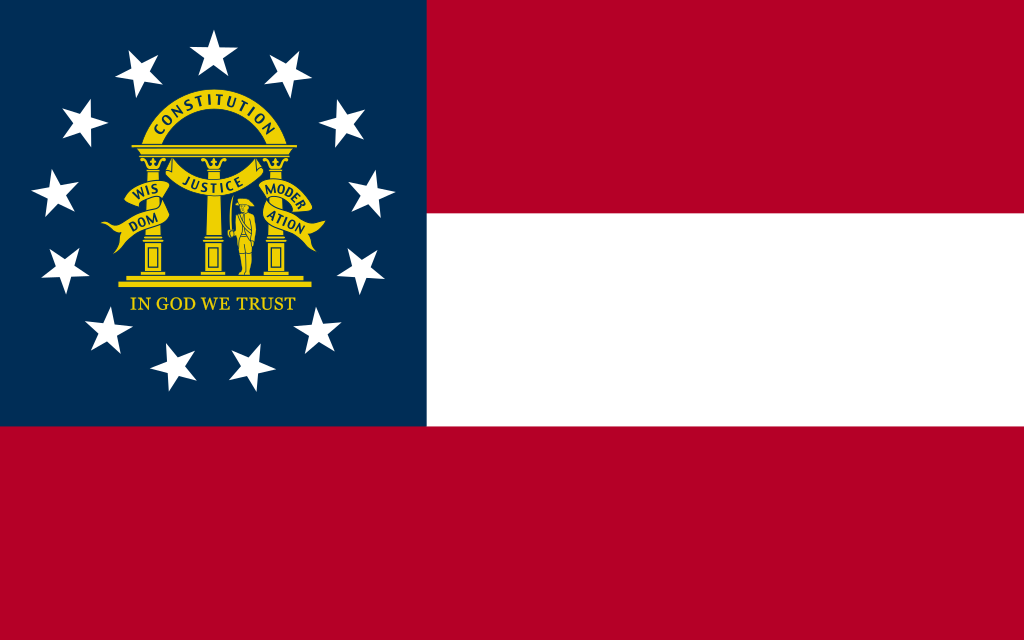

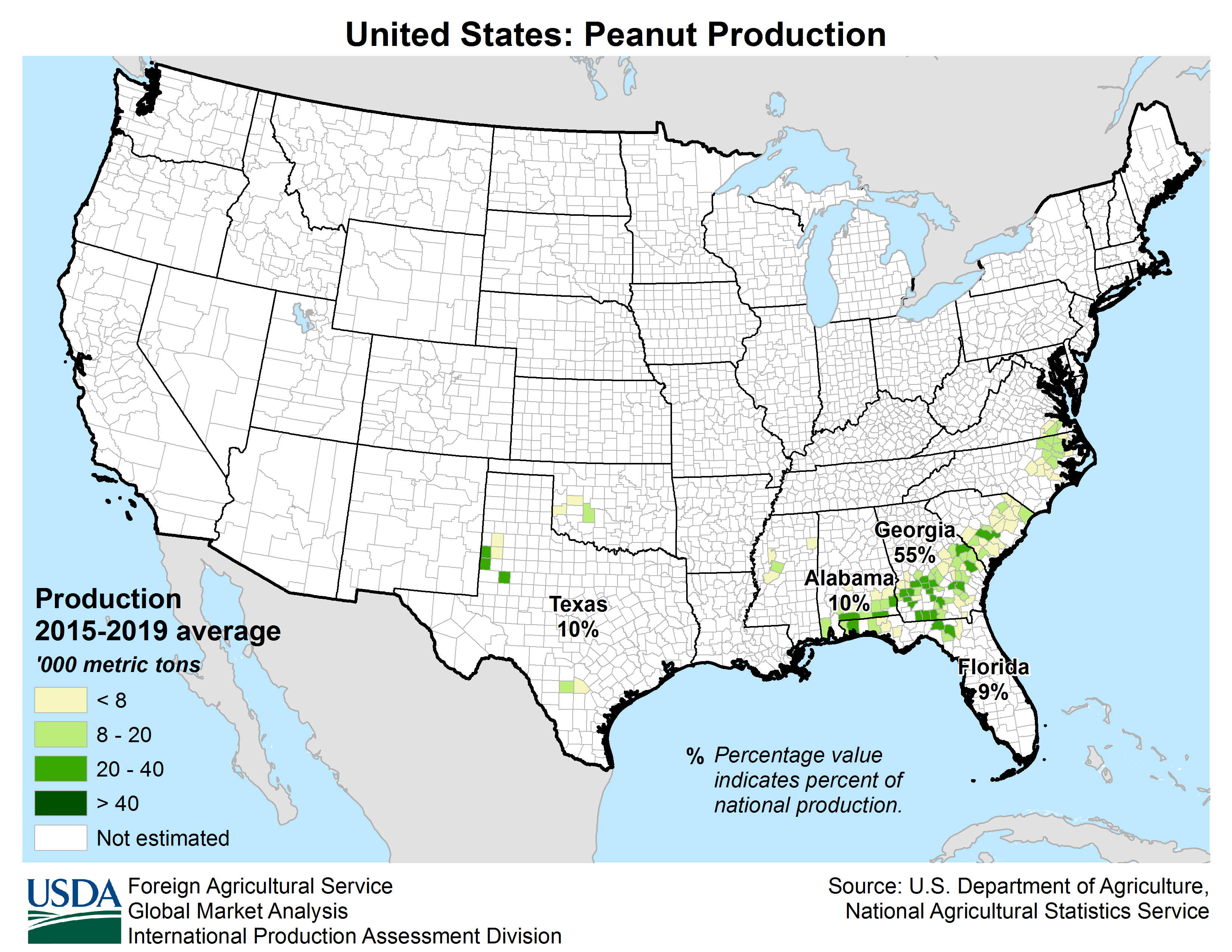
 *United States Political System
*United States Political System

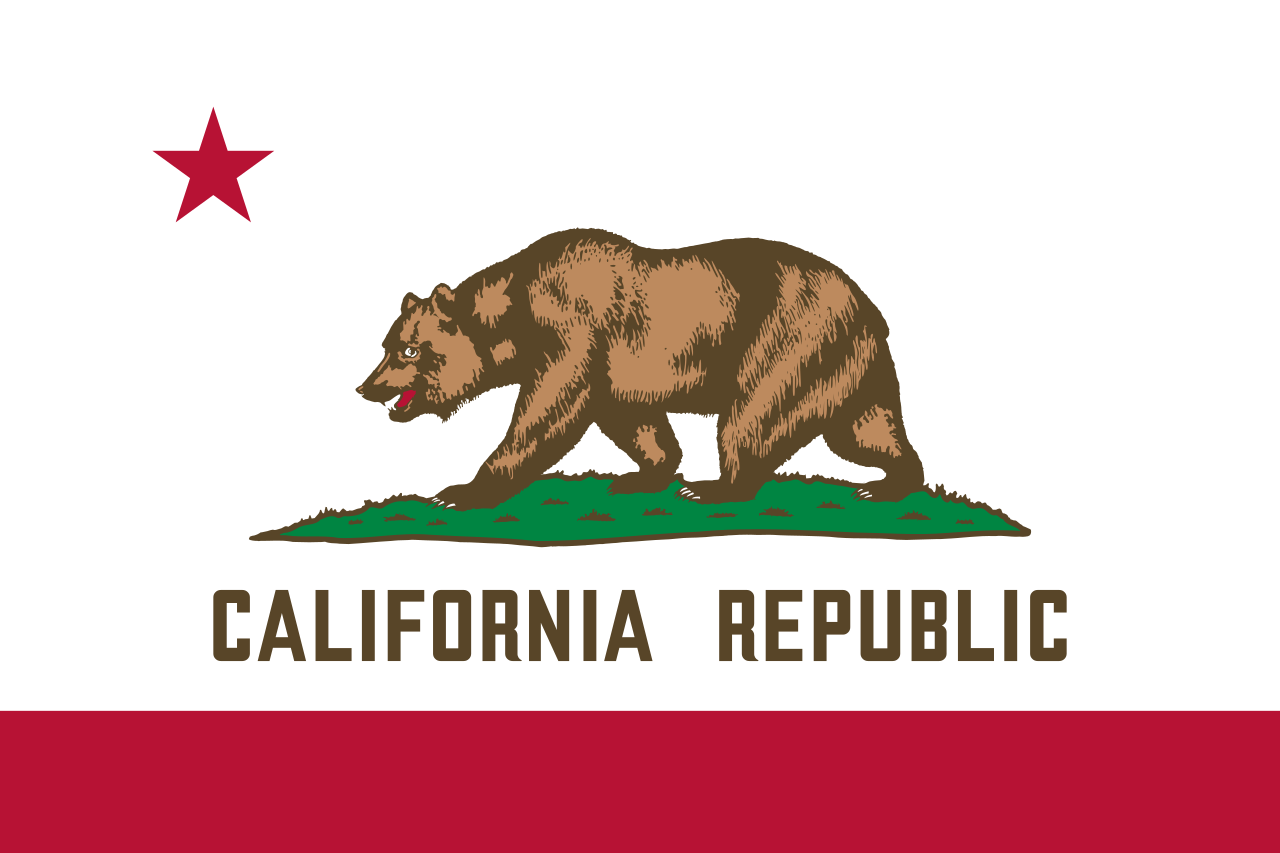 California-CA
California-CA
 Federal Reserve System,Fed
Federal Reserve System,Fed

 Financial
Financial
 *United States economic data
*United States economic data

 Financial
Financial
 Economic and political research
Economic and political research

 Financial
Financial
 *Brazil economic data
*Brazil economic data

 Financial
Financial
 *China economic data
*China economic data

 Financial
Financial
 *Germany economic data
*Germany economic data

 Financial
Financial
 *European Union economic data
*European Union economic data

 Financial
Financial
 *France economic data
*France economic data

 Financial
Financial
 *India economic data
*India economic data

 Financial
Financial
 *Indonesia economic data
*Indonesia economic data

 Financial
Financial
 *Italy economic data
*Italy economic data

 Financial
Financial
 *Japan economic data
*Japan economic data

 Financial
Financial
 *Canada economic data
*Canada economic data

 Financial
Financial
 *Russia economic data
*Russia economic data

 Financial
Financial
 *United States economic data
*United States economic data

 Financial
Financial
 *United Kingdom economic data
*United Kingdom economic data

 Georgia-GA
Georgia-GA

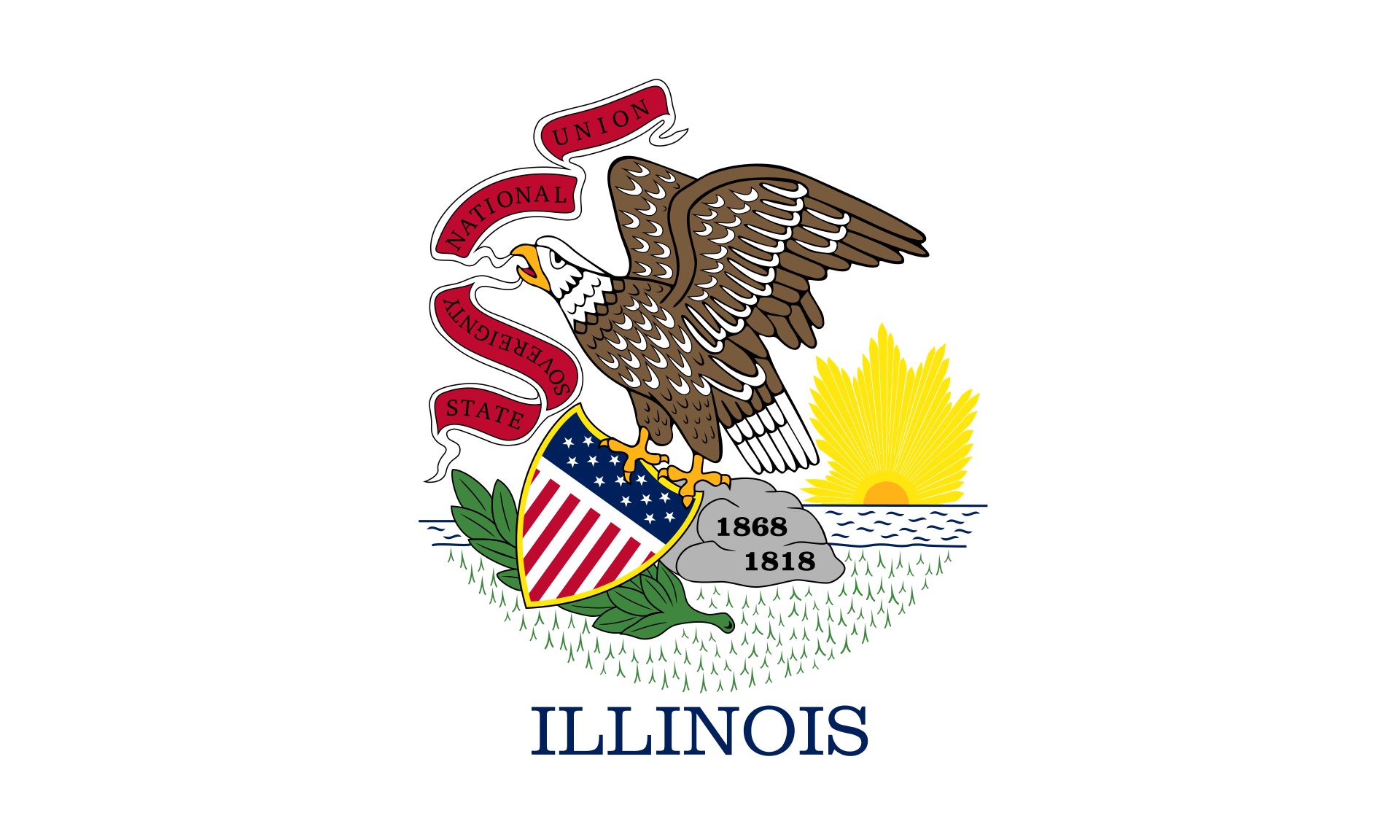 Illinois-IL
Illinois-IL

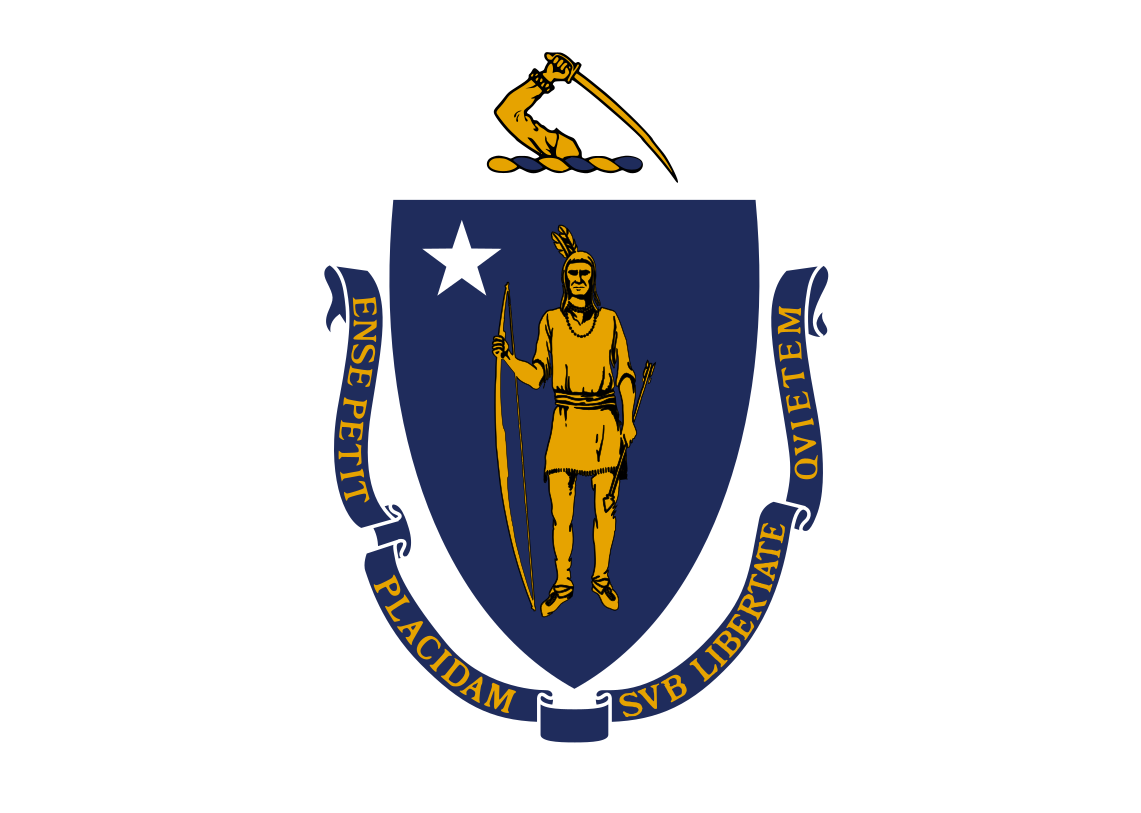 Massachusetts-MA
Massachusetts-MA

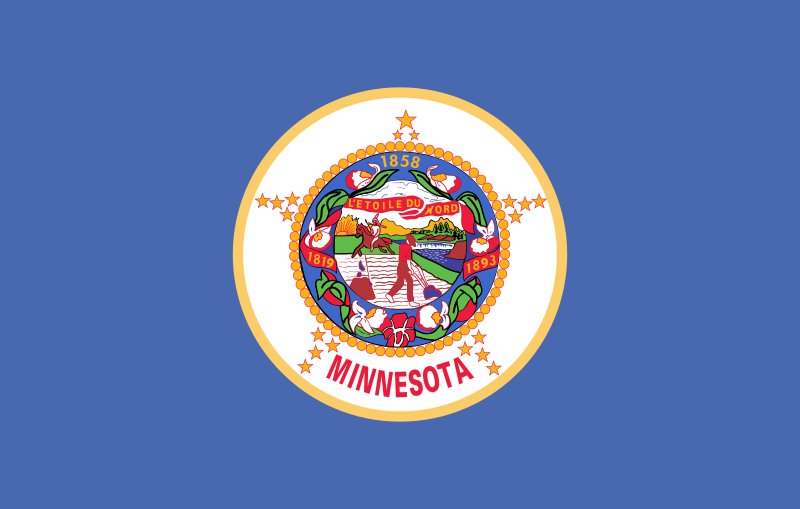 Minnesota-MN
Minnesota-MN

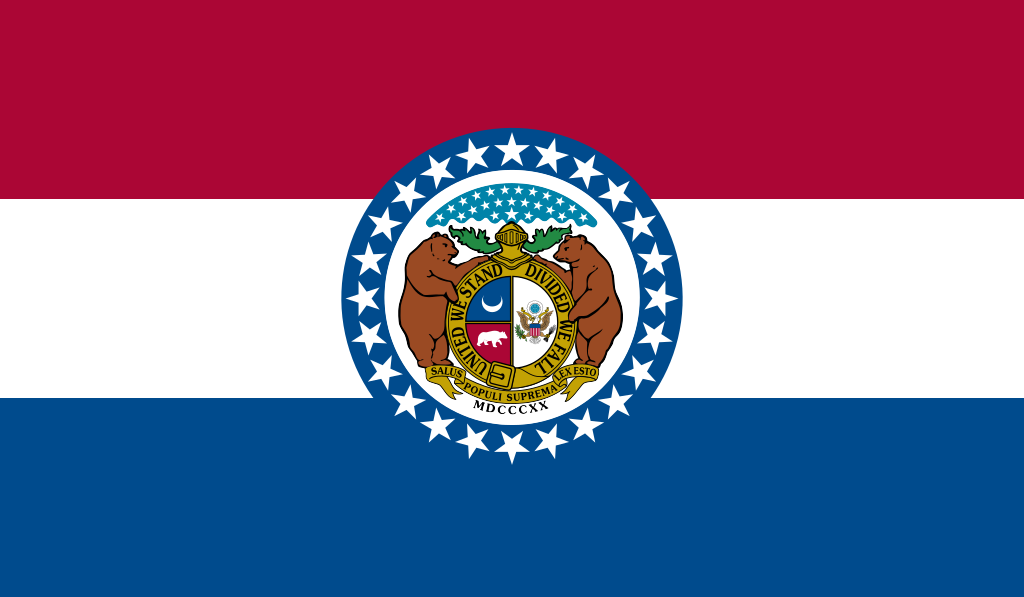 Missouri-MO
Missouri-MO

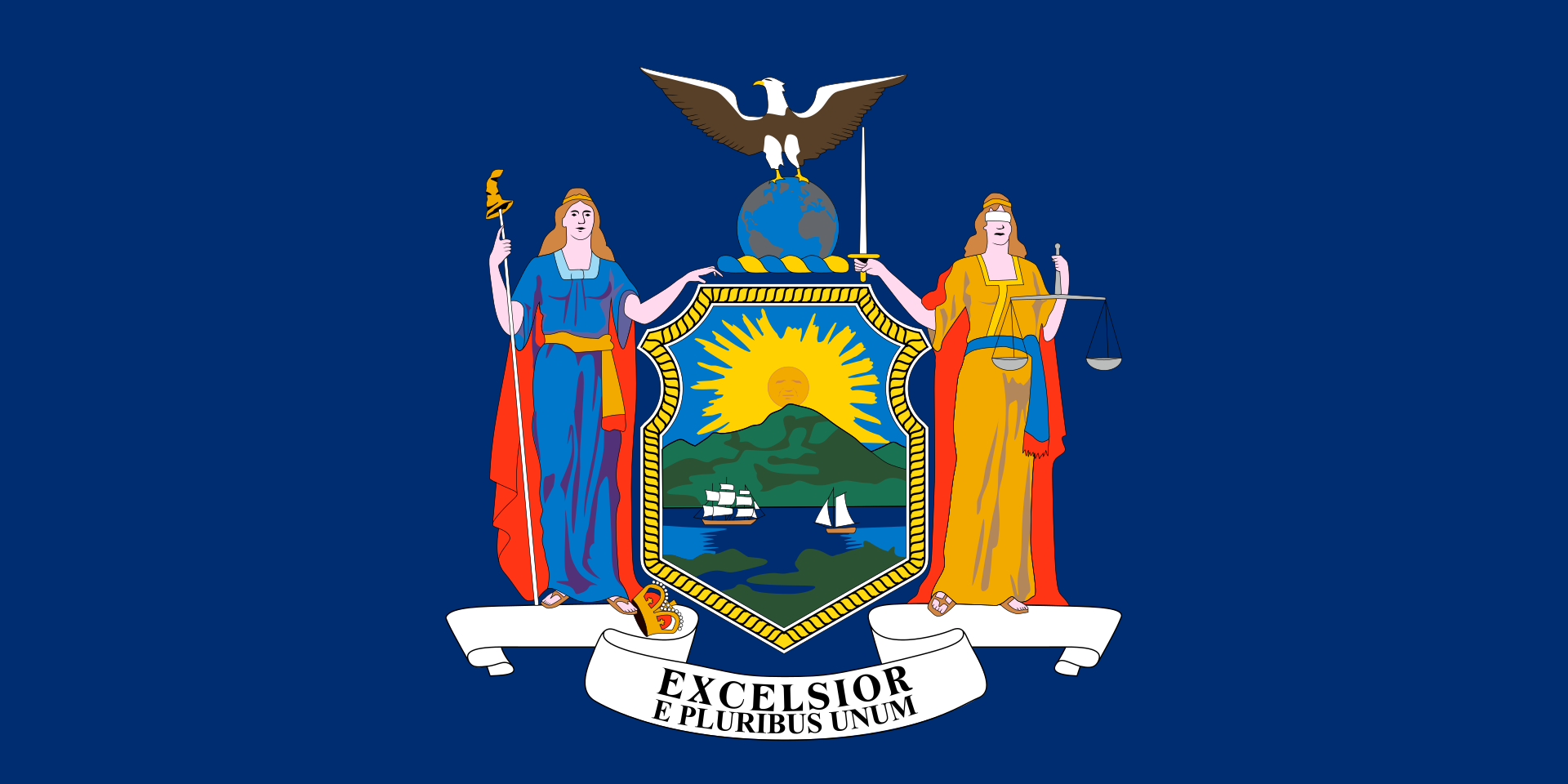 New York-NY
New York-NY

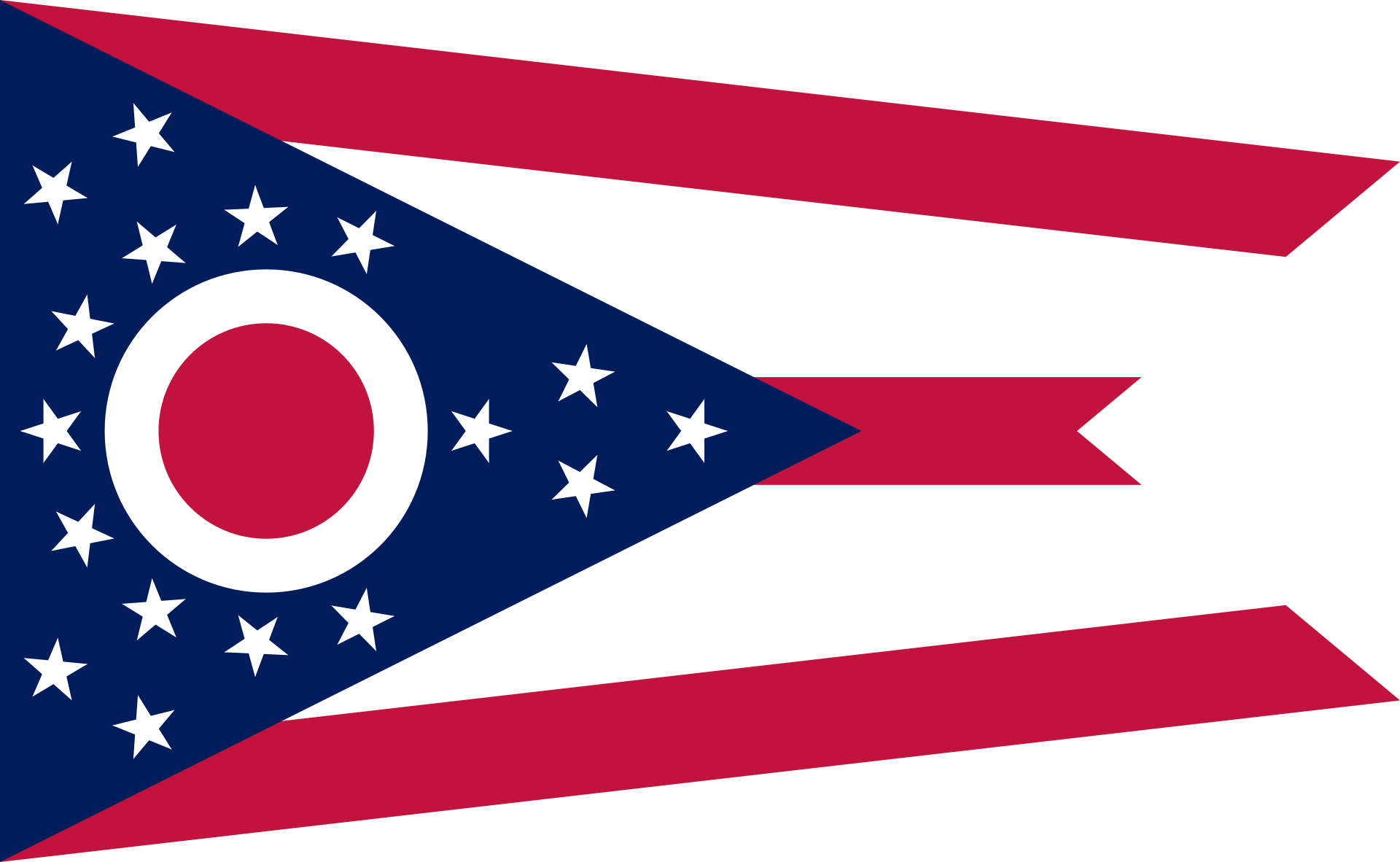 Ohio-OH
Ohio-OH

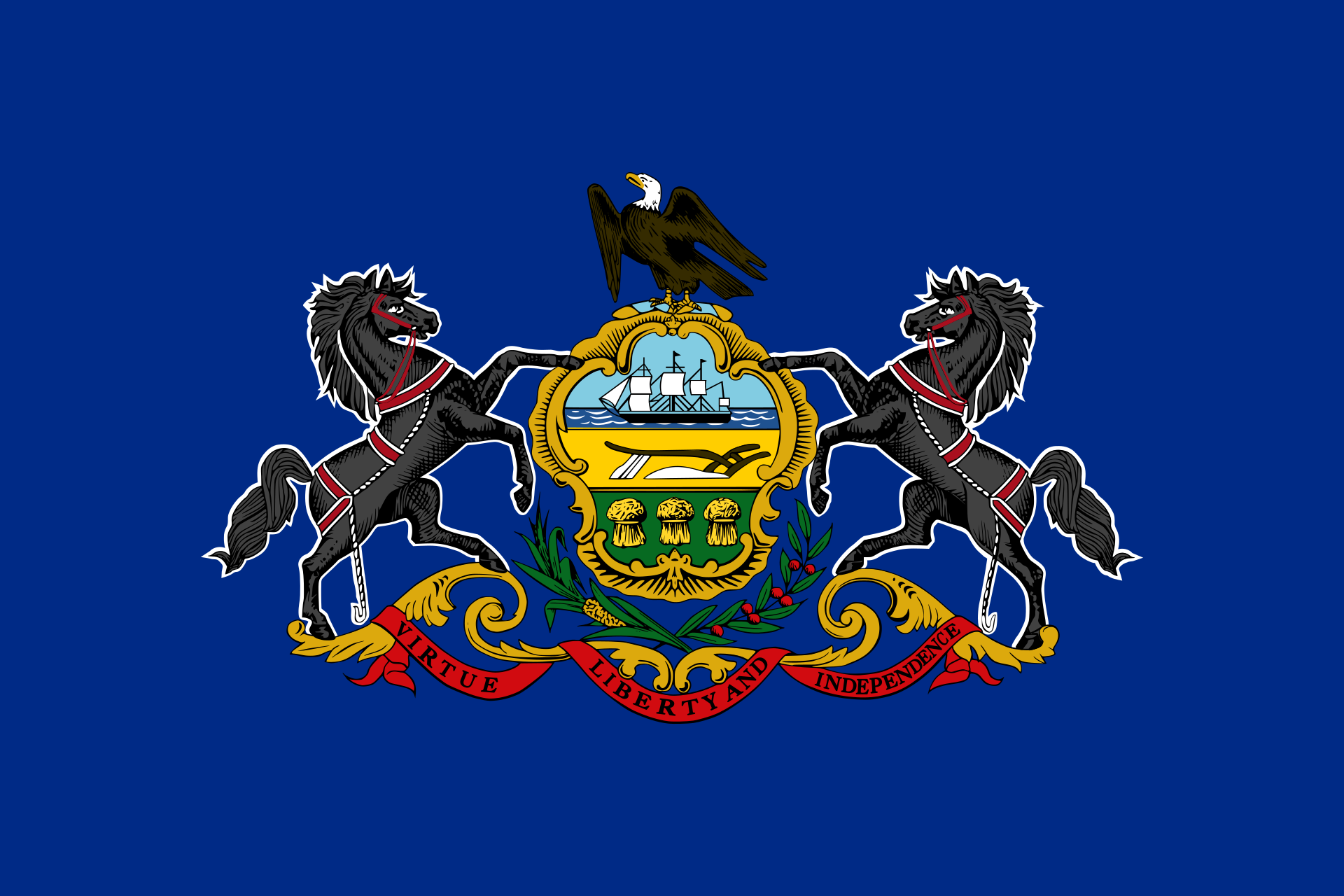 Pennsylvania-PA
Pennsylvania-PA

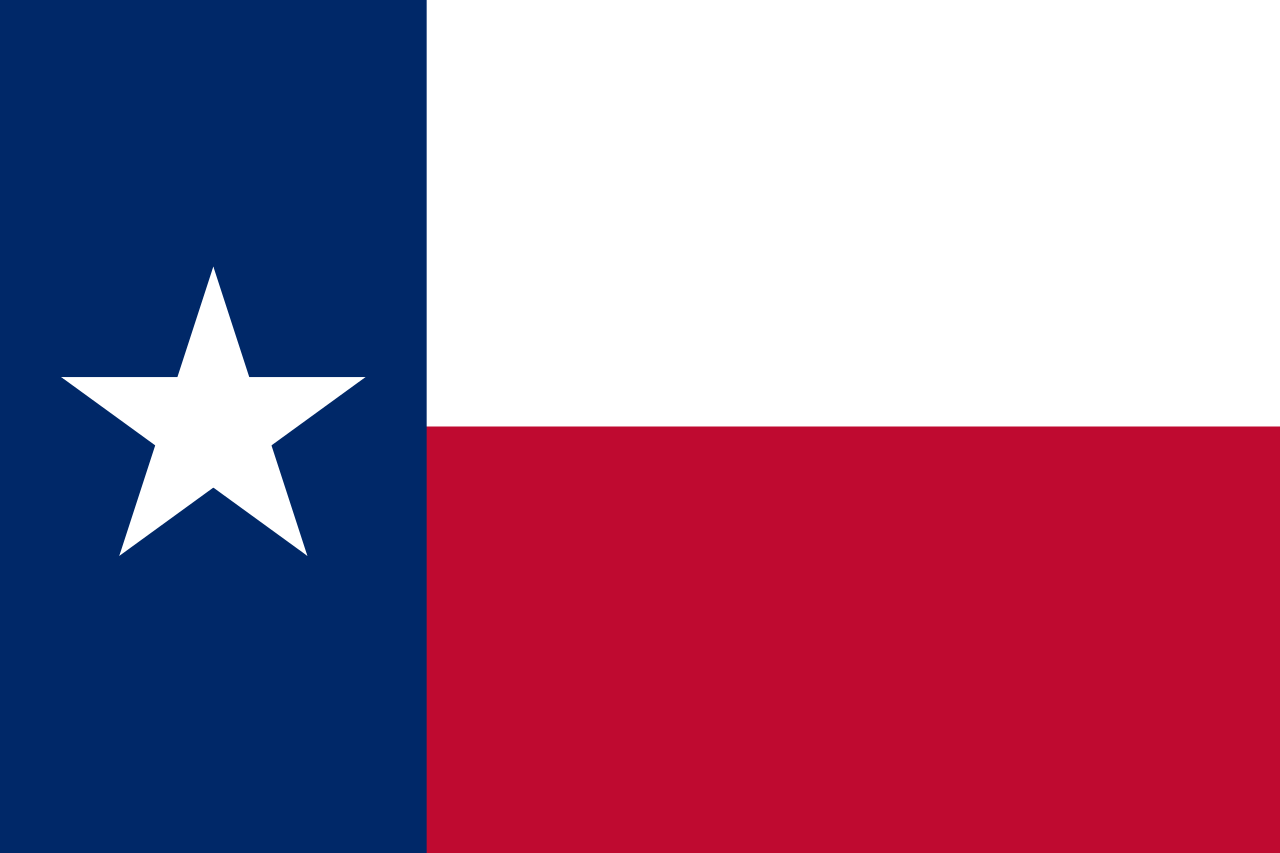 Texas-TX
Texas-TX

 Companies
Companies
 United States
United States

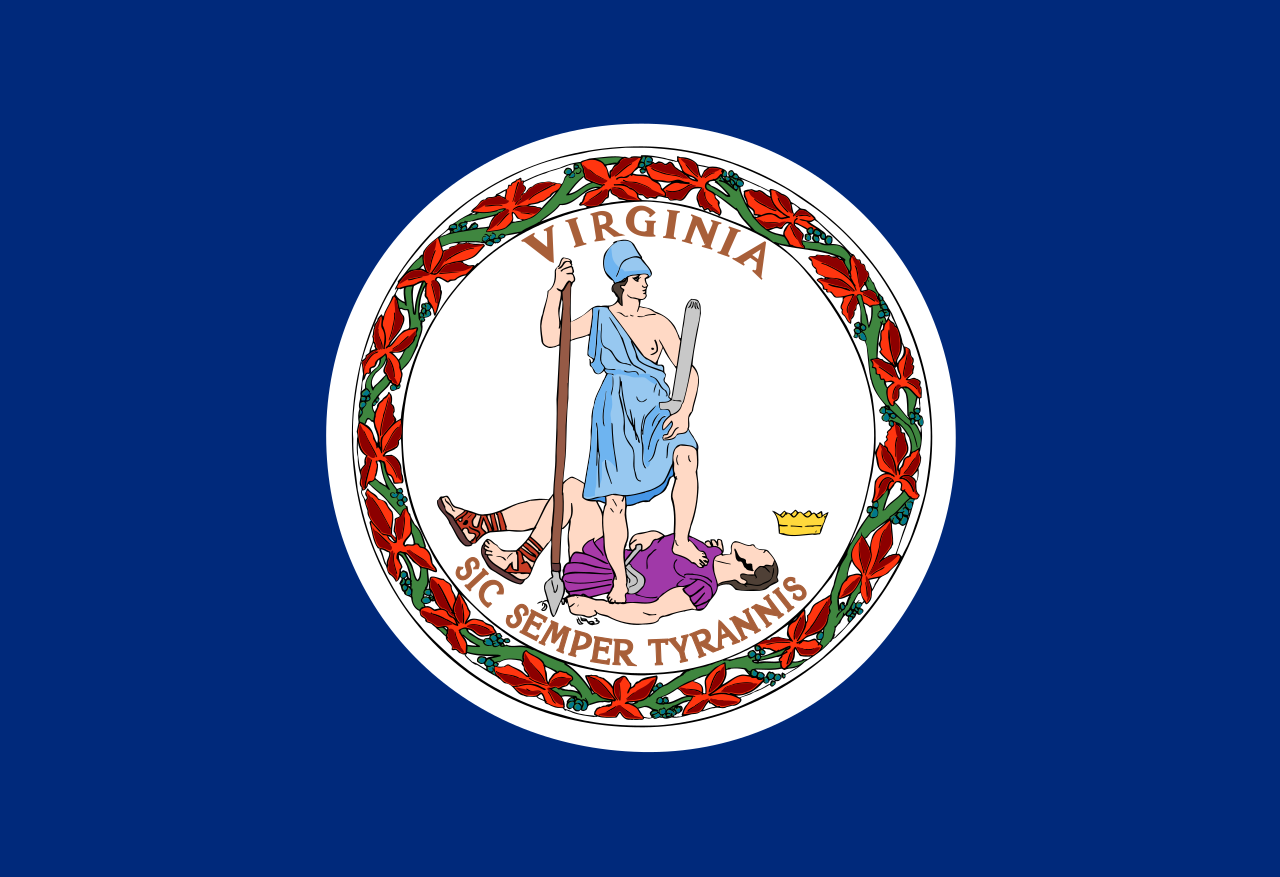 Virginia-VA
Virginia-VA

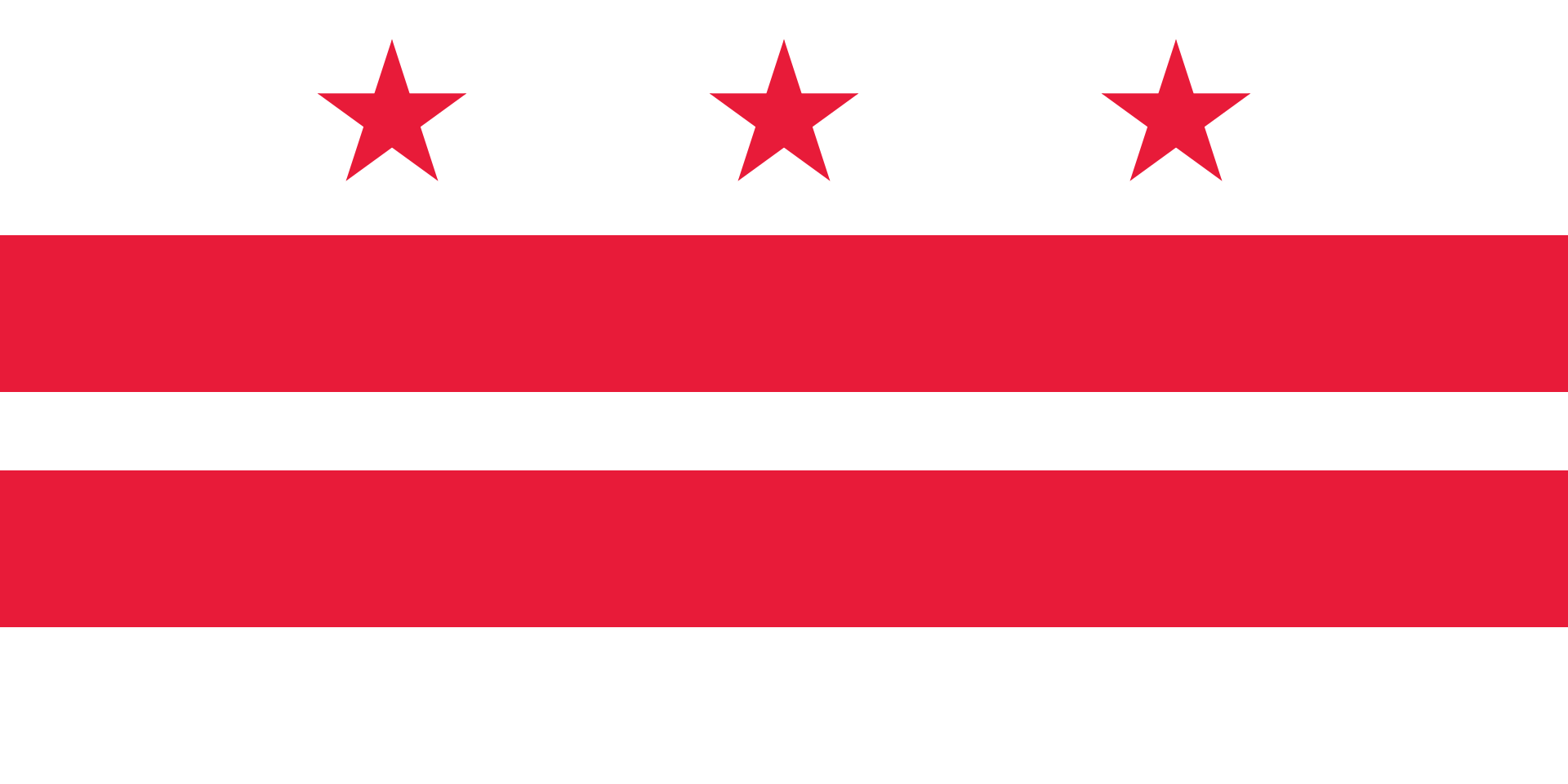 Washington, D.C.
Washington, D.C.

 Economy and trade
Economy and trade
 Economic and political research
Economic and political research


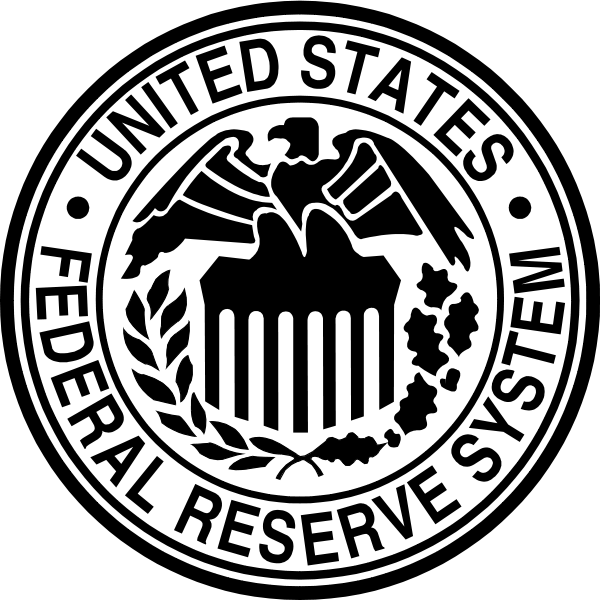
联邦储备系统(英语:Federal Reserve System(Fed),简称美联储)是美国的中央银行体系,依据美国国会通过的1913年《联邦储备法案》而创设,以避免再度发生类似1907年的银行危机。整个系统包括联邦储备委员会、联邦公开市场委员会、联邦储备银行、三千家会员银行、及3个咨询委员会(Advisory Councils)。
Das Federal Reserve System [ˈfɛdə˞əl rɪˈzɜ˞ːv ˈsɪstəm], oft auch Federal Reserve oder einfach die Fed (als US-Notenbank), ist das Zentralbank-System der Vereinigten Staaten. Es besteht aus dem Board of Governors, zwölf regionalen Federal Reserve Banken, dem Federal Open Market Committee (FOMC), einer Vielzahl von Mitgliedsbanken (Mitgliedspflicht ab einer bestimmten Größe) und anderen Institutionen.
Die Fed berichtet regelmäßig an den Kongress der Vereinigten Staaten über ihre Aktivitäten und ihre Pläne zur Geldpolitik. Das Tagesgeschäft und die operativen Entscheidungen der Fed werden von ihr frei und eigenständig entschieden. Der Kongress hat allerdings die Befugnis, die Gesetze betreffend die Geschäftstätigkeit der Fed zu ändern.[1]
連邦準備制度(れんぽうじゅんびせいど、英語: Federal Reserve System, FRS)は、アメリカ合衆国の中央銀行制度である。ワシントンD.C.にある連邦準備制度理事会(Federal Reserve Board, FRB)が全国の主要都市に散在する連邦準備銀行(Federal Reserve Bank, FRB)を統括する。連邦準備制度理事会は連邦議会の下にある政府機関であるが、予算の割当や人事の干渉を受けない。各連邦準備銀行は株式を発行する法人(body corporate)である。
The Federal Reserve System (also known as the Federal Reserve or simply the Fed) is the central banking system of the United States of America. It was created on December 23, 1913, with the enactment of the Federal Reserve Act, after a series of financial panics (particularly the panic of 1907) led to the desire for central control of the monetary system in order to alleviate financial crises.[list 1] Over the years, events such as the Great Depression in the 1930s and the Great Recession during the 2000s have led to the expansion of the roles and responsibilities of the Federal Reserve System.[5][10][11]
The U.S. Congress established three key objectives for monetary policy in the Federal Reserve Act: maximizing employment, stabilizing prices, and moderating long-term interest rates.[12] The first two objectives are sometimes referred to as the Federal Reserve's dual mandate.[13] Its duties have expanded over the years, and currently also include supervising and regulating banks, maintaining the stability of the financial system, and providing financial services to depository institutions, the U.S. government, and foreign official institutions.[14] The Fed also conducts research into the economy and provides numerous publications, such as the Beige Book and the FRED database.
The Federal Reserve System is composed of several layers. It is governed by the presidentially appointed board of governors or Federal Reserve Board (FRB). Twelve regional Federal Reserve Banks, located in cities throughout the nation, regulate and oversee privately owned commercial banks.[15][16][17] Nationally chartered commercial banks are required to hold stock in, and can elect some of the board members of, the Federal Reserve Bank of their region. The Federal Open Market Committee (FOMC) sets monetary policy. It consists of all seven members of the board of governors and the twelve regional Federal Reserve Bank presidents, though only five bank presidents vote at a time (the president of the New York Fed and four others who rotate through one-year voting terms). There are also various advisory councils. Thus, the Federal Reserve System has both public and private components.[list 2] It has a structure unique among central banks, and is also unusual in that the United States Department of the Treasury, an entity outside of the central bank, prints the currency used.[22]
The federal government sets the salaries of the board's seven governors, and it receives all the system's annual profits, after a statutory dividend of 6% on member banks' capital investment is paid, and an account surplus is maintained. In 2015, the Federal Reserve earned a net income of $100.2 billion and transferred $97.7 billion to the U.S. Treasury.[23] Although an instrument of the US Government, the Federal Reserve System considers itself "an independent central bank because its monetary policy decisions do not have to be approved by the President or anyone else in the executive or legislative branches of government, it does not receive funding appropriated by Congress, and the terms of the members of the board of governors span multiple presidential and congressional terms."[24]
La Réserve fédérale (officiellement Federal Reserve System, souvent raccourci en Federal Reserve ou Fed) est la banque centrale des États-Unis. Elle est créée en décembre 1913, durant les fêtes, par le Federal Reserve Act dit aussi Owen-Glass Act, à la suite de plusieurs crises bancaires, dont la panique bancaire américaine de 1907. Son rôle évolue depuis et elle renforce son indépendance lors de l'instabilité monétaire des années 1975 et 1985.
Le Congrès des États-Unis définit trois objectifs de politique monétaire dans le Federal Reserve Act : plein emploi, stabilité des prix, et taux d'intérêt à long terme modérés1. Les deux premiers sont souvent appelés le « double objectif » ou « double mandat » de la Fed2. Outre la politique monétaire, la Fed est maintenant chargée de superviser et réguler le système bancaire, de maintenir la stabilité du système financier, et d'offrir des prestations financières aux organismes de dépôt, au gouvernement fédéral, et aux institutions financières étrangères3. Elle étudie de surcroît l'économie américaine, et publie de nombreux rapports, tels que le livre beige, un résumé des conditions économiques dans chaque région.
La Réserve fédérale se compose d'un conseil des gouverneurs (dont Jerome Powell est le président depuis 2018), du Federal Open Market Committee (FOMC), de douze banques régionales (Federal Reserve Banks), des banques membres, et de plusieurs conseils consultatifs4,5. Le FOMC est le comité responsable de la politique monétaire ; il se compose des sept membres du bureau des gouverneurs et des douze présidents des banques régionales (dont cinq seulement ont le droit de vote à un moment donné). La Réserve fédérale comporte ainsi des aspects publics et privés : cette structure est unique au monde pour une banque centrale, et correspond à une volonté de répondre à la fois à l'intérêt public et à ceux, privés, des banques membres. Une autre particularité du système monétaire américain est que ce n'est pas la banque centrale mais le département du Trésor qui crée la monnaie fiduciaire6.
La Fed est une banque centrale indépendante : ses décisions ne sont pas sujettes à l'autorisation du président des États-Unis ou d'une autre partie du gouvernement fédéral, elle ne reçoit pas de budget du Congrès, et les mandats des gouverneurs sont beaucoup plus longs que ceux des élus fédéraux. Le gouvernement peut cependant exercer un contrôle : l'autorité de la Fed est définie par le Congrès et celui-ci peut exercer son droit de surveillance (congressional oversight). Les membres du bureau des gouverneurs, y compris le président et le vice-président, sont nommés par le président des États-Unis et confirmés par le Sénat. Le gouvernement nomme également les hauts fonctionnaires de la banque et fixe leur salaire. Toutes les banques commerciales autorisées à exercer en dehors d'un seul État sont obligatoirement membres de la Réserve fédérale régionale où se trouve leur siège et détiennent des parts dans celle-ci, ce qui autorise ces banques à élire une partie des membres du bureau de chaque Réserve fédérale régionale. Le gouvernement fédéral reçoit tous les profits de la Fed, hormis un dividende de 6 % versé aux banques membres.
Il Federal Reserve System, conosciuto anche come Federal Reserve (it. Riserva federale) ed informalmente come la Fed, è la banca centrale degli Stati Uniti d'America.
El Sistema de la Reserva Federal (en inglés, Federal Reserve System, también conocido como Reserva Federal o informalmente Fed) es el banco central de los Estados Unidos.1 Es un consorcio publico-privado que controla la estructura organizativa en la cual participa una agencia gubernamental, conocida como Junta de Gobernadores, con sede en Washington D. C.2 Así, algunos consideran esto como el aspecto público del sistema, y los 12 Bancos de la Reserva de todo el país el aspecto privado.3 Está encargada de custodiar parte de las reservas de los "bancos miembros" estadounidenses: los federales, y los estatales asociados voluntariamente.4
La Junta de Gobernadores del Sistema de la Reserva Federal es una agencia gubernamental independiente, sin embargo está sujeta a la Ley de Libertad de Información (Freedom of Information Act). Como muchas de las agencias independientes, sus decisiones no tienen que ser aprobadas por el Presidente o por alguna persona del poder ejecutivo o legislativo: son decisiones de carácter unilateral. La Junta de Gobernadores no recibe dinero del Congreso, y su mandato tiene una duración que abarca varias legislaturas. Una vez que el presidente designa a un miembro de la junta, este actúa con "independencia", aunque puede ser destituido por el presidente según lo establecido en la sección 242, Título 12, del Código de Estados Unidos.5
El Sistema de la Reserva Federal fue creado el 23 de diciembre de 1913 por la Ley de la Reserva Federal (Federal Reserve Act). Todos los bancos nacionales tuvieron que unirse al sistema. Los billetes de la Reserva Federal (Federal Reserve Notes) fueron creados para tener una oferta monetaria "flexible".6
Федера́льная резе́рвная систе́ма (Federal Reserve System, ФРС, Федеральный резерв, FED) — специально созданное 23 декабря 1913 года независимое федеральное агентство для выполнения функций центрального банка и осуществления централизованного контроля над коммерческой банковской системой Соединённых Штатов Америки. В ФРС входят 12 федеральных резервных банков, расположенных в крупнейших городах, около трёх тысяч коммерческих так называемых банков-членов, назначаемый президентом Совет управляющих, Федеральный комитет по операциям на открытом рынке и консультационные советы. Основанием для создания является Закон о Федеральном резерве. В управлении ФРС определяющую роль играет государство, хотя форма собственности капитала является частной — акционерная с особым статусом акций.
С точки зрения управления, ФРС является независимым органом в правительстве США. Как национальный центральный банк, ФРС получает полномочия от Конгресса США. Независимость в работе обеспечивается тем, что принимаемые решения о кредитно-денежной политике не должны быть одобрены президентом США или кем-либо иным из исполнительной или законодательной ветвей власти. ФРС не получает финансирование от Конгресса. Срок полномочий членов Совета управляющих Федеральной резервной системы охватывает несколько сроков президентских полномочий и членов Конгресса. В то же время ФРС подконтрольна Конгрессу, который часто анализирует деятельность ФРС и может изменить обязанности ФРС законодательным образом[1].
С 2006 по 2014 год пост председателя совета управляющих ФРС занимал Бен Бернанке. В феврале 2014 года его сменила Джанет Йеллен, которая в течение двух лет работала его заместителем[2]. С 5 февраля 2018 года главой Федеральной резервной системы является Джером Пауэлл.

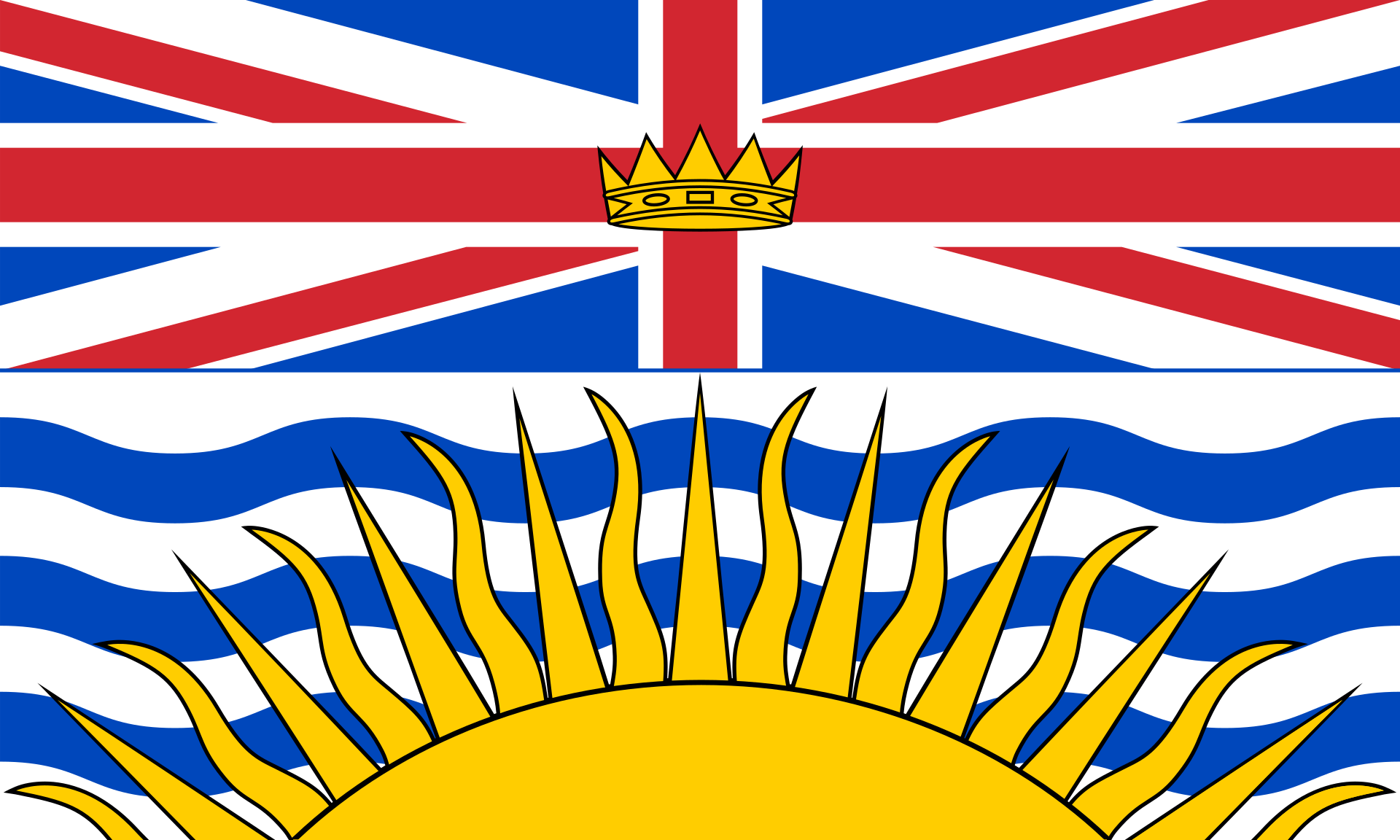 British Columbia-BC
British Columbia-BC

 California-CA
California-CA

 FIFA Fussball-Weltmeisterschaft 2026
FIFA Fussball-Weltmeisterschaft 2026

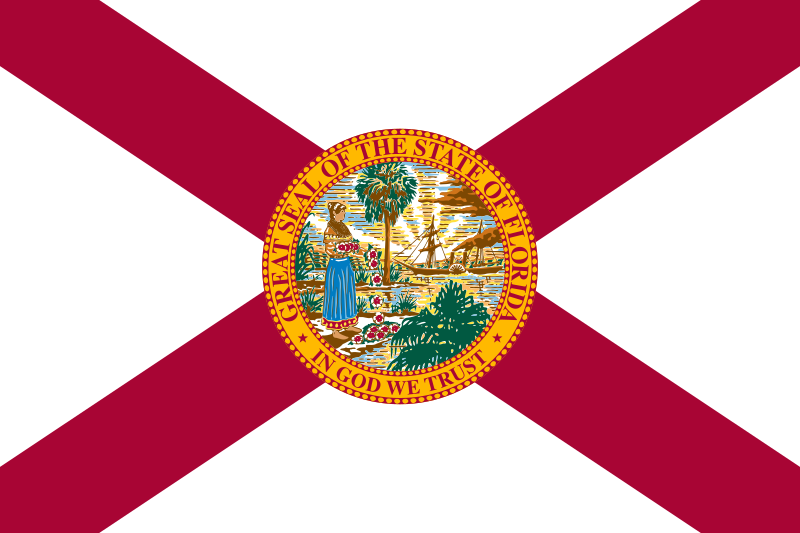 Florida-FL
Florida-FL

 Georgia-GA
Georgia-GA
 Canada
Canada

 Massachusetts-MA
Massachusetts-MA
 Mexico
Mexico

 Missouri-MO
Missouri-MO

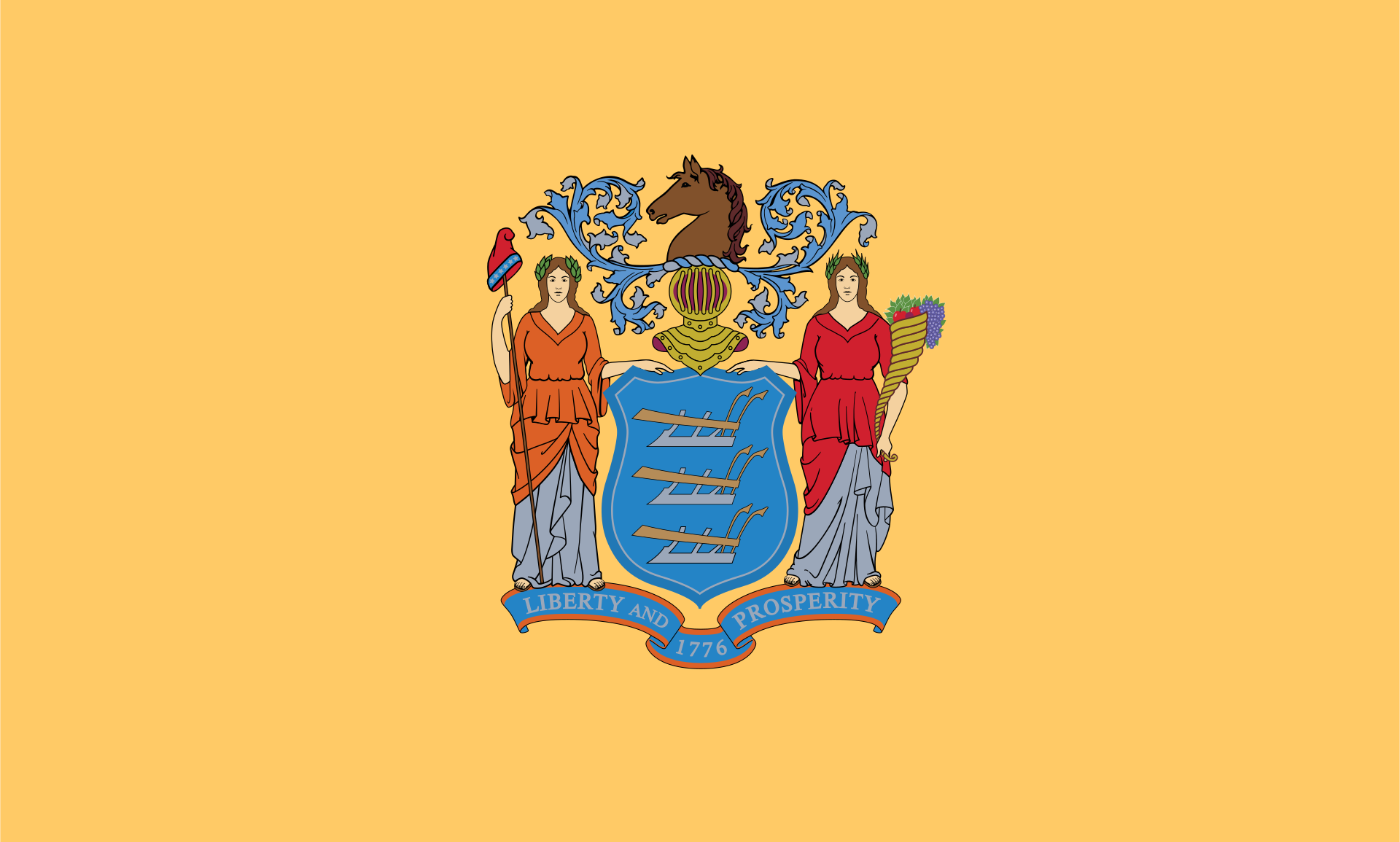 New jersey-NJ
New jersey-NJ

 New York-NY
New York-NY

 Ohio-OH
Ohio-OH

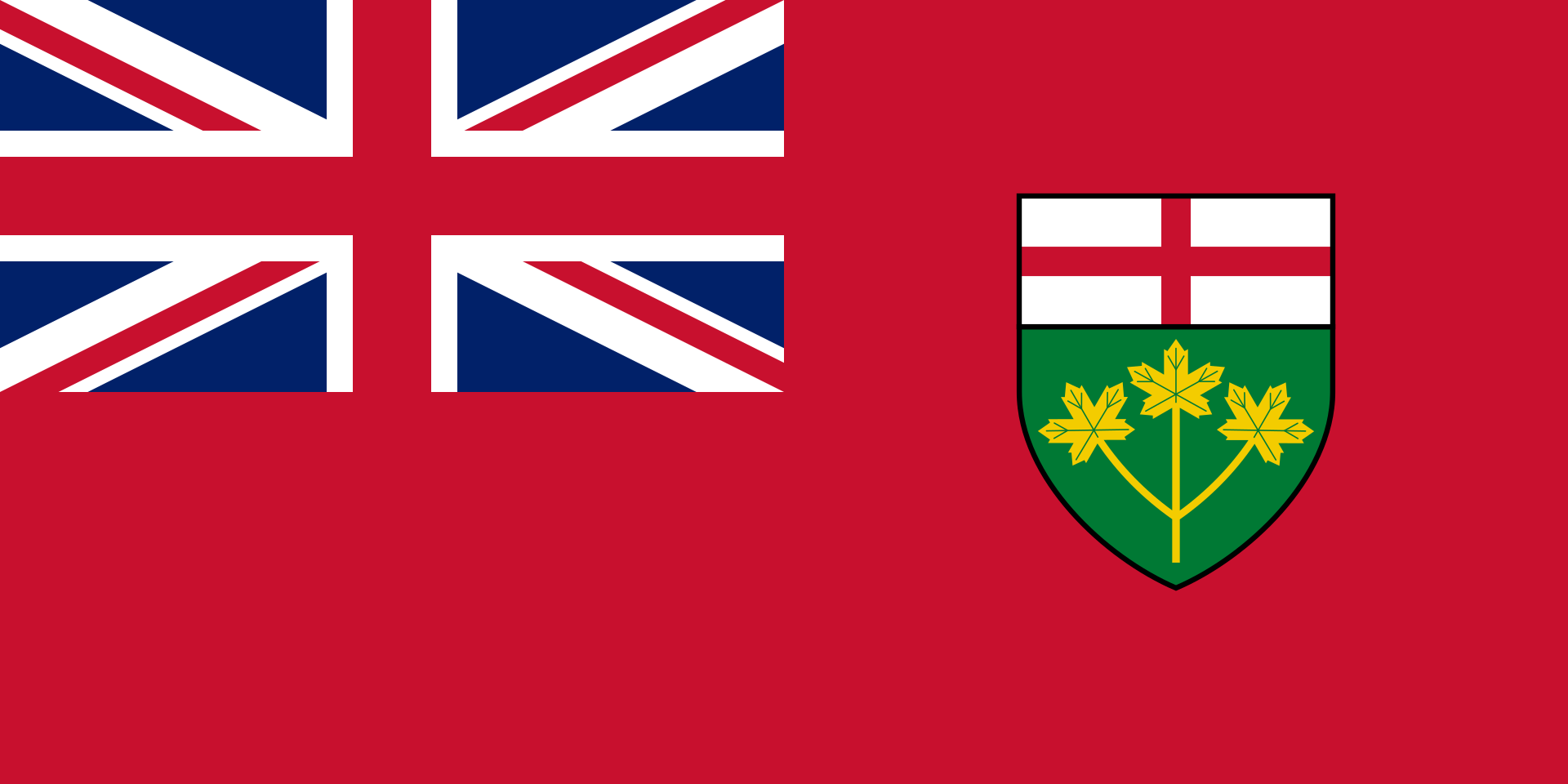 Ontario-ON
Ontario-ON

 Pennsylvania-PA
Pennsylvania-PA

 Texas-TX
Texas-TX
 United States
United States

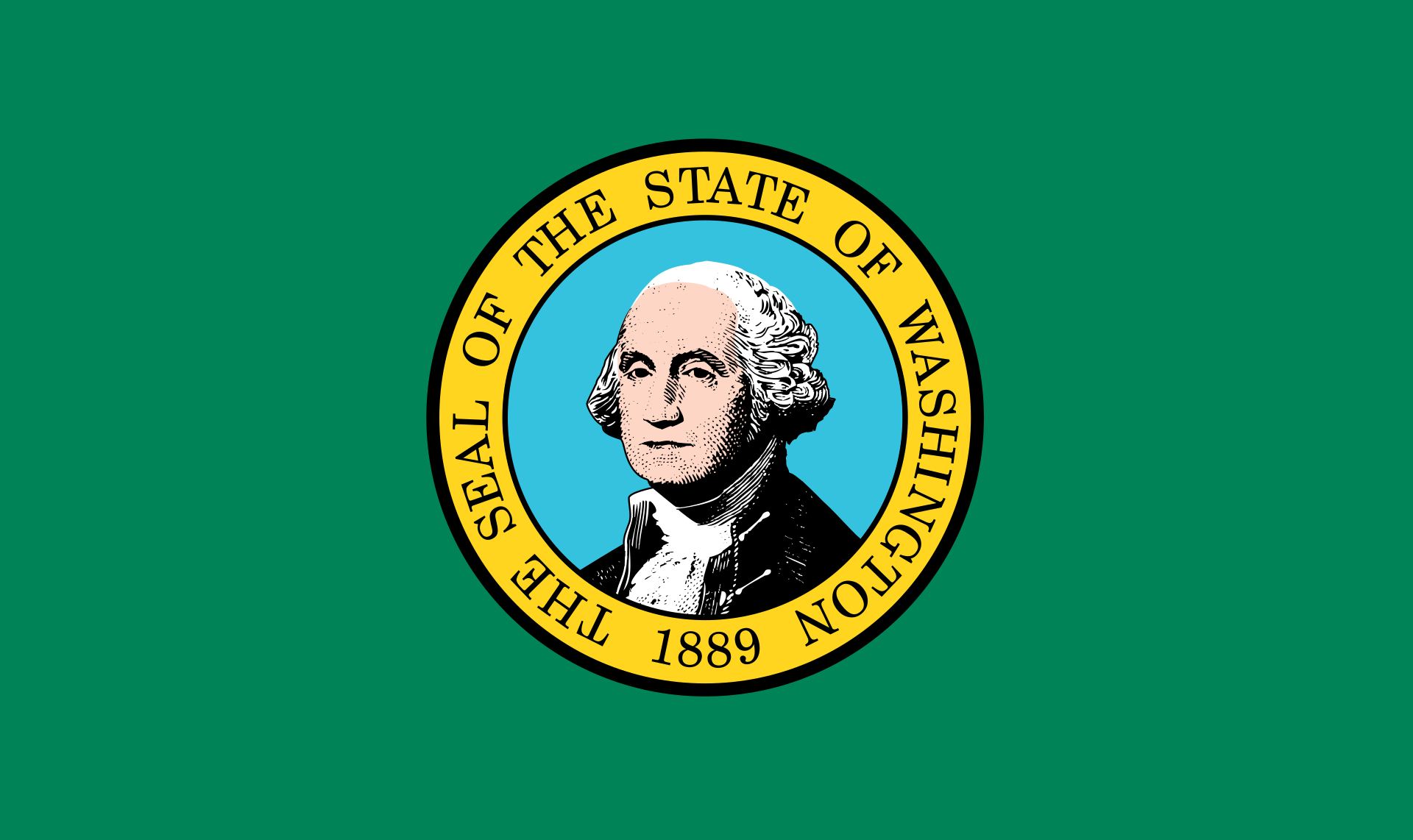 Washington-WA
Washington-WA

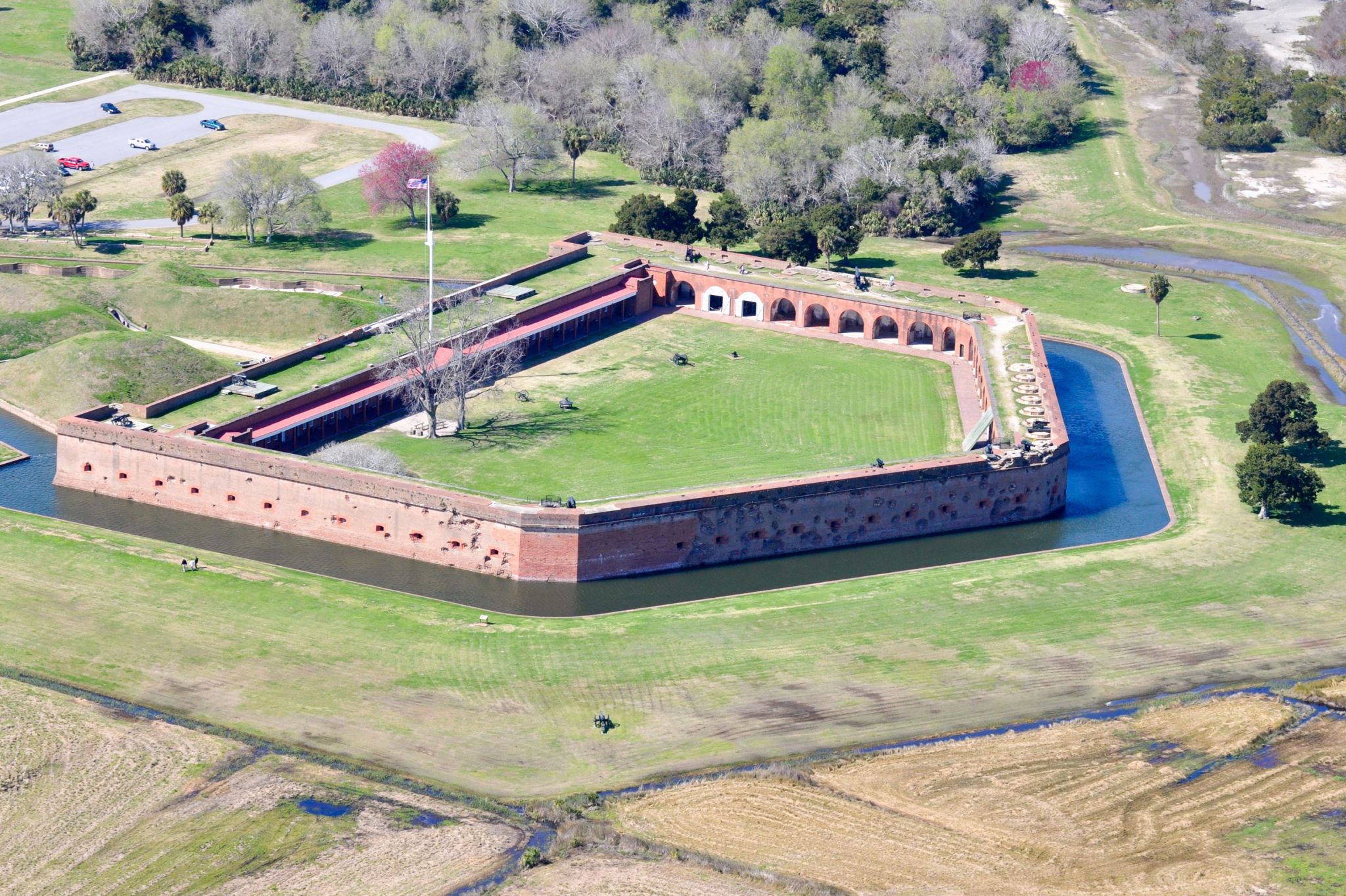

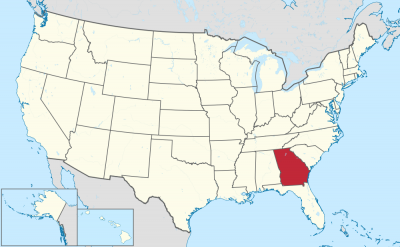
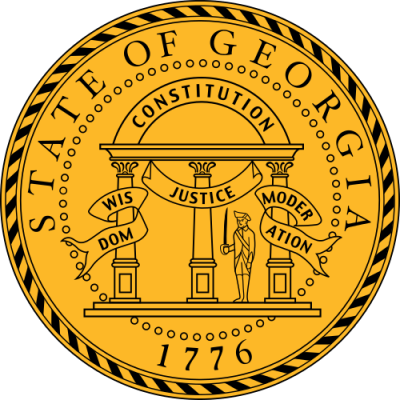
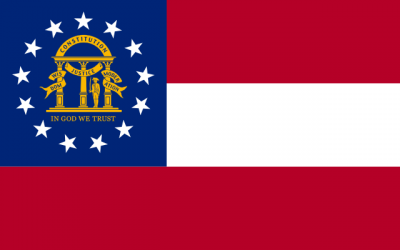
佐治亚州(英语:State of Georgia),是美国东南方的一个州,邮政简写是GA。该州也是美国独立时期13州的成员之一。首府为亚特兰大。在13州中排名第4,1778年1月2日加入独立战争。2000年的人口统计该州有818万6453人。2004年的人口是882万9383人,2010年美国人口普查为968万7653人,是美国人口成长速度最快的一州。佐治亚州同时也以桃子州或南方帝国之州的昵称闻名。
该州的州歌,《佐治亚在我心》(Georgia on My Mind)是由霍奇·卡迈克尔写的,起初是写给一位名叫“佐治亚”的女性。后来被佐治亚州本地歌手雷·查尔斯传唱,而透过投票变成了该州州歌。佐治亚州的州鸟是棕色长尾鸟。州花是查拉几玫瑰。
美国海军曾亦以佐治亚州替一艘战舰(USS Georgia BB-15)与一艘核子弹道导弹潜艇(USS Georgia SSGN-729)命名。
ジョージア州(英: State of Georgia [ˈdʒɔrdʒə] (![]() 音声ファイル))は、アメリカ合衆国の南東部にある州。州都はアトランタ市で、人口で州内最大の都市でもある。1776年にアメリカ独立宣言をした13州の1つである。コカ・コーラやCNN、アフラックの本社などがあることでも知られている。
音声ファイル))は、アメリカ合衆国の南東部にある州。州都はアトランタ市で、人口で州内最大の都市でもある。1776年にアメリカ独立宣言をした13州の1つである。コカ・コーラやCNN、アフラックの本社などがあることでも知られている。
ジョージア植民地として1732年に設立されており、13植民地の中では最後のものだった[1]。アメリカ合衆国憲法を1788年1月2日に批准しており、合衆国への加盟順位としては4番目になった[2]。1861年1月21日にアメリカ合衆国からの脱退を宣言し、アメリカ連合国建国7州の1つになった[2]。1870年7月15日にアメリカ合衆国に復帰したが、これは最後の州となった[2]。
アメリカ合衆国50州の中で、陸地面積では第24位、人口では第8位である。2007年から2008年の人口増加率では州内14郡が国内100傑に入っており、テキサス州に次いで多い数だった[3]。「モモの州」や「南部の帝国州」と呼ばれる[2]。
ジョージア州の南はフロリダ州、東は大西洋とサウスカロライナ州、北はノースカロライナ州とテネシー州、西はアラバマ州に接している。北部にはアパラチア山脈に属するブルーリッジ山脈がある。中央部のピードモント台地は丘陵部から滝線まで広がっており、滝線から川が流れ落ちて南部の大陸性海岸平原に流れ込んでいる。ミシシッピ川より東では最も陸地面積が広い州だが、水域を含む総面積では第4位である(ミシガン州、フロリダ州、ウィスコンシン州に次ぐ)[4]。
Georgia (/ˈdʒɔːrdʒə/) is a state in the Southeastern Region of the United States. Georgia is the 24th-largest in area and 8th-most populous of the 50 United States. Georgia is bordered to the north by Tennessee and North Carolina, to the northeast by South Carolina, to the southeast by the Atlantic Ocean, to the south by Florida, and to the west by Alabama. Its 2019 estimated population was 10,617,423, according to the U.S. Census Bureau.[4] Atlanta, a "beta(+)" global city, is both the state's capital and its largest city. The Atlanta metropolitan area, with an estimated population of more than 6 million people in 2019,[5] is the 9th most populous metropolitan area in the United States and contains about 57% of Georgia's entire population.
Founded in 1733 as a British colony, Georgia was the last and southernmost of the original Thirteen Colonies to be established.[6] Named after King George II of Great Britain, the Colony of Georgia covered the area from South Carolina south to Spanish Florida and west to French Louisiana at the Mississippi River. On January 2, 1788, Georgia became the fourth state to ratify the United States Constitution.[7] From 1802 to 1804, western Georgia was split to form the Mississippi Territory, which later was admitted as the U.S. states of Alabama and Mississippi. Georgia declared its secession from the Union on January 19, 1861, and was one of the original seven Confederate States.[7] Following the Civil War, it was the last state to be restored to the Union, on July 15, 1870.[7] In the post-Reconstruction era, Georgia's economy was transformed as a group of prominent politicians, businessmen, and journalists, led by Henry W. Grady, espoused the "New South" philosophy of sectional reconciliation, industrialization, and white supremacy.[8] During the 20th century, several Georgians, most notably Martin Luther King Jr., were prominent leaders during the civil rights movement.[7] Since 1945, Georgia has seen substantial population growth as part of the broader Sun Belt phenomenon. From 2007 to 2008, 14 of Georgia's counties ranked among the nation's 100 fastest-growing.[9]
Georgia is defined by a diversity of landscapes, flora, and fauna. The state's northernmost regions include the Blue Ridge Mountains, part of the larger Appalachian Mountain system. The Piedmont plateau extends from the foothills of the Blue Ridge south to the Fall Line, an escarpment to the coastal plain defining the state's southern region. Georgia's highest point is Brasstown Bald at 4,784 feet (1,458 m) above sea level; the lowest is the Atlantic Ocean. With the exception of some high-altitude areas in the Blue Ridge, the entirety of the state has a humid subtropical climate. Of the states entirely east of the Mississippi River, Georgia is the largest in land area.[10]
La Géorgie (en anglais : Georgia, /ˈdʒɔɹ.dʒə/2) est un État du Sud des États-Unis, bordé à l'ouest par l'Alabama, au nord par le Tennessee et la Caroline du Nord, à l'est par la Caroline du Sud et l'océan Atlantique et au sud par la Floride. Sa capitale est Atlanta3.
Selon les dernières estimations du Bureau du recensement des États-Unis (2019, publiées en décembre), l'État compte 10 617 423 habitants (par rapport à 9 687 653 lors du recensement officiel de 2010). Environ 57 pour cent (6 millions d'habitants) vit dans la région métropolitaine d'Atlanta, neuvième aire urbaine du pays.
La Georgia (AFI: /ʤeˈɔrʤa/[3][4]; in inglese , /ˈdʒɔɹdʒⁱə/) è uno Stato federato degli Stati Uniti d'America, situato nella sezione sudorientale del paese (South Atlantic). La capitale è Atlanta, che è anche la città più popolosa.
Ultima colonia britannica del Nord America, fu fondata come provincia coloniale della Georgia sotto il regno di Giorgio II di Gran Bretagna nel 1732 da James Edward Oglethorpe, che ne fu il primo governatore, finché nel 1752 divenne Colonia della Corona. Allora il territorio cui si riferiva era decisamente più ampio dell'attuale, includendo vaste zone che poi (1802), dopo lunghe controversie, furono lasciate dallo Stato della Georgia al Congresso e successivamente andarono a concorrere alla costituzione degli stati dell'Alabama e del Mississippi (territorio ad Ovest del fiume Chattahoochee fino al Mississippi). Lo scopo originale era quello di costituire uno stato cuscinetto (o colonia cuscinetto) fra la Carolina del Sud e la Florida, allora colonia spagnola, per dare alla prima maggior sicurezza contro le incursioni ispaniche, e la Louisiana francese ad Ovest.
Divenuto stato indipendente, fu ammesso nell'Unione nel 1780 e fu il quarto stato ad adottare la costituzione federale, ma il suo ingresso fu ratificato solo il 2 gennaio 1788.
Allo sviluppo delle piantagioni di cotone, cui seguirono quelle della canna da zucchero, si accompagnò il ricorso alla schiavitù (per altro autorizzata in Georgia solo dal 1751[5]), causa principale della guerra di secessione americana iniziata nel 1861, nella quale la Georgia si schierò tra gli Stati confederati, e di cui furono famosi i "Volontari della Georgia" (Georgia Volunteers). Quando il generale Sherman occupò la capitale Atlanta, nel settembre 1864, iniziò il crollo della Confederazione. Fu riammessa nell'Unione federale solo nel 1870.
Georgia es uno de los cincuenta estados que, junto con Washington D. C., conforman Estados Unidos de América. Su capital y ciudad más poblada es Atlanta. Está ubicado en la región Sur del país, división Atlántico Sur, limitando al norte con Tennessee y Carolina del Norte, al este con el río Savannah —que lo separa de Carolina del Sur—, al sur con Florida y al oeste con Alabama (la mitad meridional de este límite la forma el río Chattahoochee). Con 9 687 653 habs. en 2010 es el noveno estado más poblado, por detrás de California, Texas, Nueva York, Florida, Illinois, Pensilvania, Ohio y Míchigan. Fue admitido en la Unión el 2 de enero de 1788, como el estado número 4.
El crecimiento de la población de Georgia es uno de los más altos del país en los últimos lustros. Su población creció en torno al 26% entre 1990 y 2000, pasando de 6.478.216 habitantes en 1990 a 8.186.453 en 2000. La mayor parte de Georgia está cubierta por bosques, principalmente pinos, melocotones y magnolias. El territorio del norte del estado es montañoso fundamentalmente, mientras que su zona sur es más llana y menos accidentada. Los aspectos naturales de Georgia fueron y aún son muy importantes para el estado. Culturalmente, las bellezas naturales inspiraron a diversos artistas que crecieron allí. Económicamente, hacen del turismo y de la industria maderera importantes fuentes de ingresos de Georgia. El estado es uno de los líderes nacionales en la producción maderera. Sus bosques le dieron el apodo de The Peach State (El Estado del Melocotón) y un dicho popular, Tall as Georgia Pine (Alto como un Pino de Georgia).
La región que constituye actualmente Georgia estaba en disputa durante el final del siglo XVII y el inicio del siglo XVIII, entre el Reino Unido y España. Georgia por entonces formaba parte de una colonia llamada Carolinas, que incluía también los actuales estados de Carolina del Norte y Carolina del Sur. En 1724, los británicos crearon la colonia de Georgia. El 12 de febrero de 1733, los primeros colonos británicos se instalaron en la región, en lo que actualmente constituye Savannah. Georgia fue la última de las Trece Colonias creada por los británicos.2
Georgia prosperó a partir de la década de 1750, con el cultivo de arroz y maíz, convirtiéndose en un líder de la industria agraria de las Trece Colonias. Después de la victoria estadounidense en la guerra de Independencia de los Estados Unidos, Georgia se convirtió el 2 de enero de 1788 en el cuarto estado estadounidense. Georgia se separó de la Unión en 1861, y formó parte de los Estados Confederados de América. Georgia fue uno de los estados más duramente afectados por la guerra de Secesión (una etapa de la historia de Georgia que inspiró la inmortal novela Lo que el viento se llevó). Hasta el inicio del siglo XX, la economía del estado dependía de la agricultura y la ganadería. A partir de entonces, la manufactura se convirtió en la principal fuente de renta del estado, y más recientemente el sector de finanzas se ha convertido también en una de sus principales fuentes de ingresos.
Джо́рджия[1][2] (англ. Georgia, американское произношение: [ˈdʒɔːrdʒə]) — штат[3] на юго-востоке США, четвёртый штат, подписавший в 1788 году Конституцию Соединённых Штатов. Столица и крупнейший город — Атланта. Население 10 097 343[4] человек (2014).
Официальные прозвища Джорджии — «Персиковый штат» и «Имперский штат Юга»[5].

 American Public Colleges & Universities
American Public Colleges & Universities

 Georgia-GA
Georgia-GA
 Nobel prize
Nobel prize
 Nobel Peace Prize
Nobel Peace Prize
 Nobel prize
Nobel prize
 Nobel Prize in Chemistry
Nobel Prize in Chemistry
 Nobel prize
Nobel prize
 University/Institute
University/Institute

 Universities in the USA
Universities in the USA
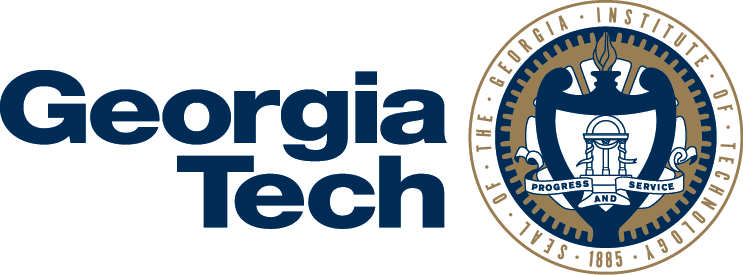

 *Capitols in the United States
*Capitols in the United States
 *United States Political System
*United States Political System

 Architecture
Architecture
 Neo-Renaissance architecture
Neo-Renaissance architecture

 Georgia-GA
Georgia-GA
 United States
United States



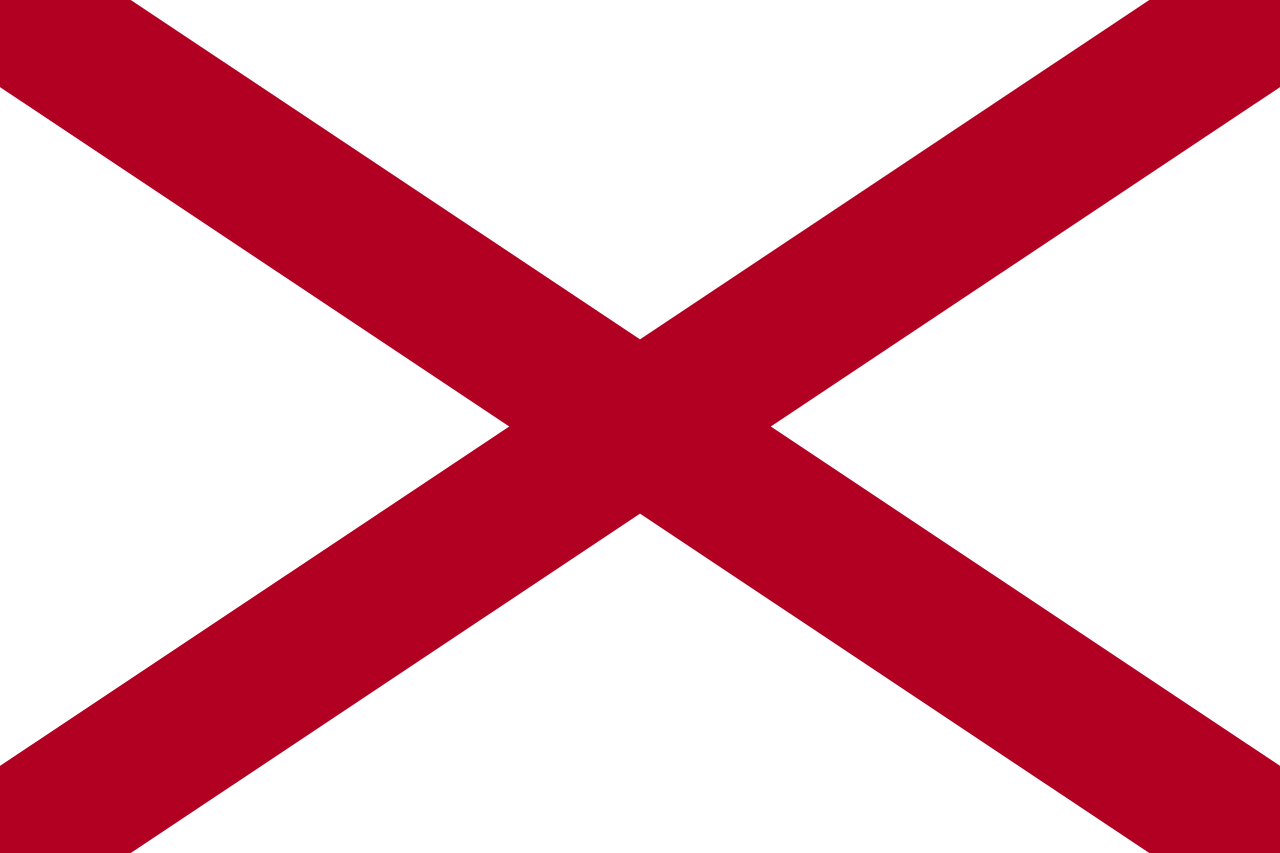 Alabama-AL
Alabama-AL
 Agriculture, forestry, livestock, fishing
Agriculture, forestry, livestock, fishing
 Sport
Sport
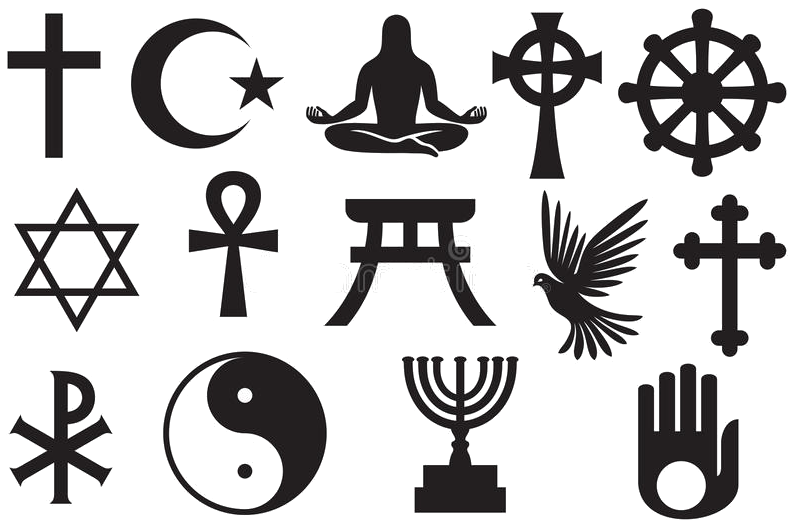 Religion
Religion
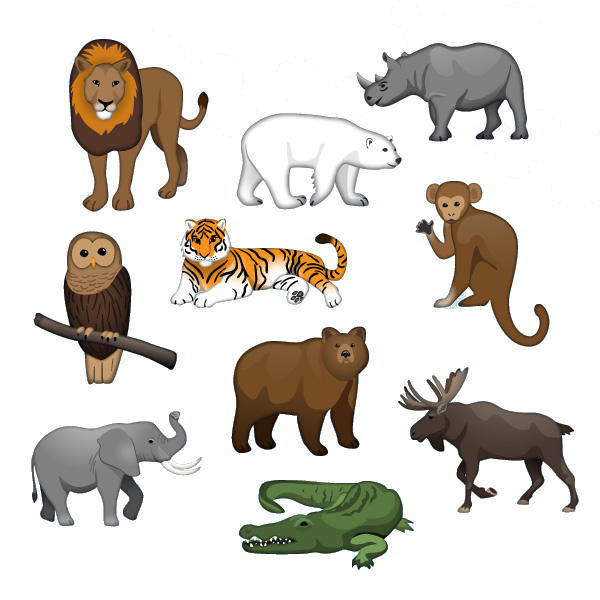 Animal world
Animal world
 Science and technology
Science and technology